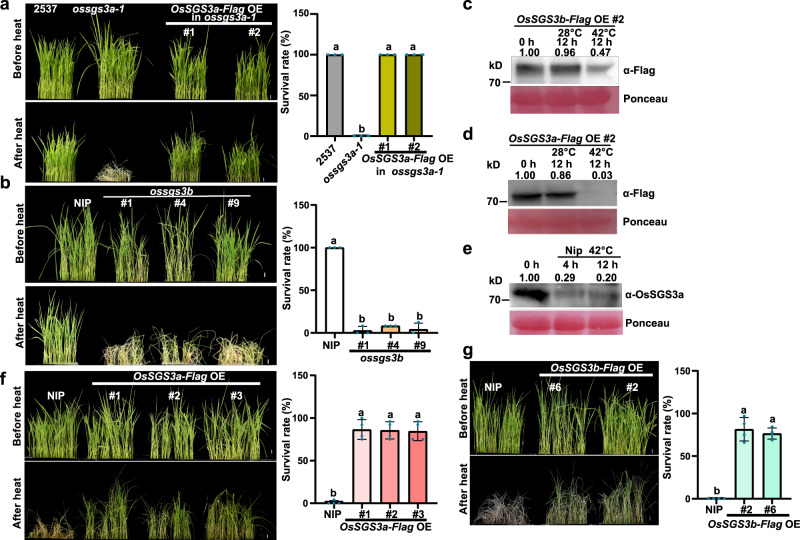Fig. 4. OsSGS3a/b positively regulates thermotolerance in rice.
a, b Fewer ossgs3a-1 (a) and ossgs3b (b) plants survived compared with respective wild-type plants after heat stress. In comparison with ossgs3a-1, the complemented transgenic lines displayed a similar survival rate as that of wild-type plants (a). 12-day-old seedlings were treated at 42 °C for 42 h (a) or 48 h (b) in a growth chamber and subsequently recovered for 2 days at 28 °C before being photographed. c, d The abundance of OsSGS3b-Flag (c) and OsSGS3a-Flag (d) protein decreased after heat stress treatment, as immunodetected with anti-Flag antibody. e OsSGS3a protein levels in the indicated samples. An anti-OsSGS3a antibody was used to detect endogenous OsSGS3a. Ponceau staining was used as a loading control (c–e). The intensity of the blots was quantified (c–e). Twelve-day-old seedlings were treated at 42 °C for the indicated hours in a growth chamber (c–e). f, g Overexpression of OsSGS3a-Flag or OsSGS3b-Flag can improve thermotolerance in rice. After heat stress treatment at 42 °C for 60 h in a growth chamber, seedlings were recovered at 28 °C for 2 days before being photographed. The survival rate was shown as mean ± s.d. (n = 3 or 4, biologically independent samples) (a, b, f, g). Scale bars, 1 cm (a, b, f, g). Significant differences were determined by one-way ANOVA with Tukey’s HSD post hoc analysis (a, b, f, g). Exact P values are provided in Supplementary Data 7 (a, b, f, g). Source data are provided as a Source Data file (a–g). Experiments were repeated three times with similar results (a–g).

